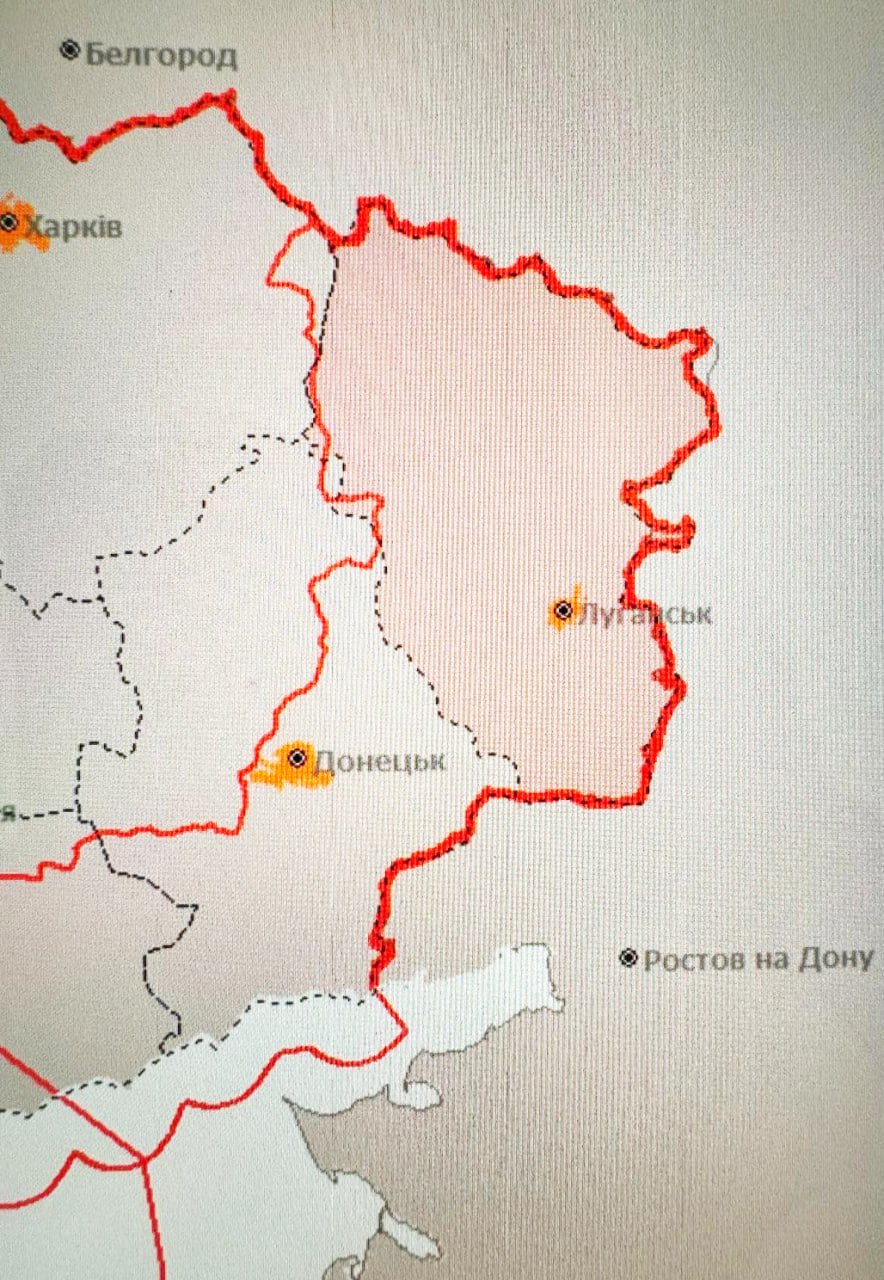https://t.me/MykolaOleshchuk/217
⚡️ Regarding the combat work that I reported an hour ago.
The Eastern Air Command confirms the downing of a fighter-bomber⚠️ Su-34. Unfortunately, only one. We continue to beat the occupier!
🇺🇦 Together to victory!
➖➖➖➖➖➖➖➖➖➖➖
🇺🇦 Commander of the Air Force of the Armed Forces of Ukraine, Lieutenant General Mykola Oleschuk

https://t.me/MykolaOleshchuk/218
19.00 - the sky is clear!
This is the result of the work of the Air Force!
➖➖➖➖➖➖➖➖➖➖➖
🇺🇦 Commander of the Air Force of the Armed Forces of Ukraine, Lieutenant General Mykola Oleschuk


My understanding is that these have mostly been used to drop glide bombs. That’s not the most-demanding capability, so I didn’t really understand why Russia would keep charging them into a dangerous situation where they know that they’re taking losses.
Based on this, it sounds like it’s because other aircraft don’t have related equipment or because the pilots haven’t had experience with it.
https://www.forbes.com/sites/davidaxe/2024/02/29/su-34s-are-russias-best-precision-bombers-which-is-why-ukraine-is-shooting-them-down-as-fast-as-it-can/?sh=7d2573b0a152